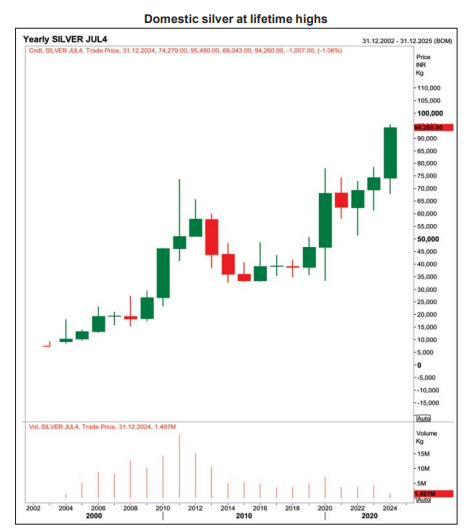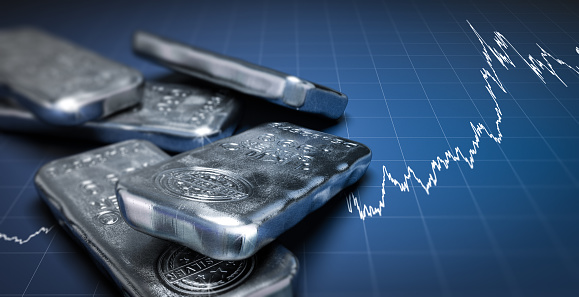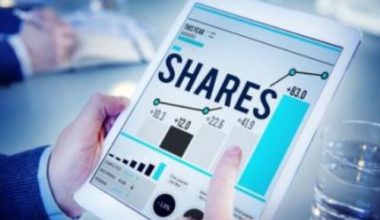Silver prices in the domestic market are hovering at lifetime highs. Firm safe-haven demand amid escalating geopolitical tensions, hopes of US rate cuts, speculative buying, Chinese stimulus measures, weak INR, and a sharp rally in other industrial metals attributed to the rise in prices.
In the key MCX futures platform, prices reached an all-time high of Rs 95,950 a kg last week, gaining about 30 percent since the start of the year.
Silver prices have been consolidating in the past four years. It has been trading inside Rs 76,000- Rs 54,000 kg levels since 2020 due to lacklustre investment demand.
In the key London spot market, prices started this year at $23.60 an ounce and gained considerably to $32.10 an ounce last week. It has surged more than 36 percent so far this year and is currently placed at an 11-year high. However, the metal is trading down by about 35 percent from its lifetime high of $49.10 an ounce tested in April 2011.
Industrial demand and performance of gold
The swift rise in prices is primarily due to its unique industrial properties, which set it apart from gold. Key industrial metals like Copper, Aluminium, Zinc, and Lead prices have risen sharply since April on worries over supply threat. This has prompted speculators to bet largely on silver as well.
Silver is largely consumed for industrial applications and China is the largest consumer of the metal. Its unique properties make it nearly impossible to substitute and its uses span a wide range of applications.
Last week, to stimulate its sluggish economy, the Chinese government announced plans to raise one trillion yuan through a long-awaited bond issue. This stimulus package is primarily focused on the key sectors of the Chinese economy. The bonds will be utilized to support infrastructure developments which contribute to the country’s economic growth. This has raised expectations of increased demand for industrial metals.
The ongoing bullish rally in gold has also had a positive influence on silver prices. Historically, silver and gold are both considered precious metals and are often influenced by similar market factors. Due to this similarity, both can exhibit similar price movements, with silver prices often following the trends of gold prices.
Nevertheless, in the past few years, the price performance of silver has been different from gold. While silver is influenced by both investment and industrial demand, its industrial uses can create additional volatility in its price compared to gold, which is driven by investment and jewellery demand.

Hopes of US rate cuts
The US rate cut can stimulate borrowing and spending by both consumers and businesses, which may boost industrial growth. Stronger industrial growth typically translates to higher demand for silver, which can push prices up.
The safe-haven demand for the metal seems steady. The ongoing geopolitical uncertainty and expectations over slower global growth forecast somewhat assisted prices. Like gold, silver is also considered a safe investment, meaning investors tend to folk to it in times of economic and political uncertainty.
Higher interest rates and issues such as the Israel and Hamas war and the prolonged Russia – Ukraine conflict are adversely affecting the global growth outlook. Economic degrowth typically increases the demand for silver which is occasionally considered a hedge against inflation.
The short-term outlook remains positive
The ongoing momentum-driven buying is likely to extend in the immediate run driven by a robust rally in gold. Expectations of additional economic stimulus from China, interest rate cuts, escalating geopolitical tensions, and enduring inflation concerns could help prices stay firm. However, it is less unlikely to register fresh lifetime highs in key international markets.
China plays an increasingly important role in the global silver market. The country is a major player in various industries, including electronics, solar energy, and manufacturing in which silver is widely used. Therefore, growth in this sector in the country contributes to the demand for the commodity. However, the recent string of downbeat economic releases and steady rise in debt highlighted intensifying pressure on their economy and thus the demand for the commodity in the long run.







